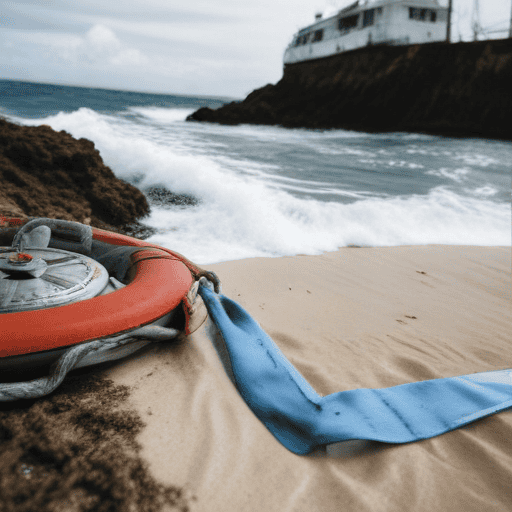The HMNZS Manawanui sank off the coast of Samoa due to human error, according to an interim report by the Royal New Zealand Navy. The incident occurred on October 5 while the ship was engaged in survey operations and struck a reef on Samoa’s southern side.
Chief of Navy Rear Admiral Garin Golding disclosed that the grounding resulted from a failure to disengage the ship’s autopilot, which misled the crew into believing they had a separate issue with the thruster controls. This oversight led to the vessel inadvertently maintaining a course toward shore, ultimately causing it to ground.
Golding noted that standard procedures should have prompted the crew to confirm manual control of the ship but this check was not performed. Further inquiries are currently underway within a wider Court of Inquiry, expected to conclude by early next year, and disciplinary actions will follow for those deemed responsible due to the human error involved.
In light of the incident, the Navy is taking immediate steps to implement enhanced training and risk management strategies, along with reviewing relevant operational protocols. Golding expressed gratitude towards the support received from the Transport Accident Investigation Committee, the Royal Australian Navy, and the Royal New Zealand Air Force in aiding the investigation.
The Defence Minister, Judith Collins, described the findings as “extremely disappointing,” but acknowledged the crew’s accountability in handling the situation and emphasized the fortunate outcome that no lives were lost during the incident.
Golding stated that salvage operations are anticipated to begin around December 16, weather permitting, with a view to complete the operations before cyclone season. The vessel, which was valued at $100 million, was insured for salvage efforts but not for replacement.
In a timeline of the events leading to the grounding, it was detailed that the ship experienced navigational difficulties when trying to execute a routine turn. After a series of unsuccessful attempts to regain control, the ship ultimately became stranded, leading to an emergency evacuation about thirty minutes later. The timely decision to abandon the vessel likely helped avert serious harm to the crew.
This situation underlines the importance of adhering to operational protocols and maintaining vigilance in duties to prevent such incidents in the future. It exemplifies how organizations can learn from mistakes—enhancing safety measures and bolstering communication among team members.
Overall, while this incident is a stark reminder of the potential for human error, it also presents an opportunity for growth and improvement within the Navy, ensuring that similar occurrences are prevented in the future. Through commitment to learning from these experiences, there is potential for strengthening trust and reliability in naval operations moving forward.

Leave a comment